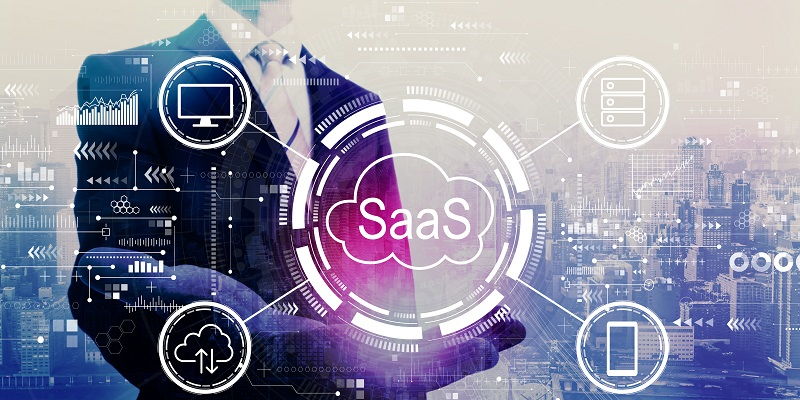The increasingly widespread adoption of Software as a Service (SaaS) has revolutionized the way organizations operate, providing greater flexibility, scalability, and cost-effectiveness. However, along with these benefits come new security risks that organizations must manage effectively. SaaS applications store sensitive business data, making it crucial for organizations to prioritize their security. In this article, we will explore the state of SaaS security and the steps organizations are taking to protect themselves from SaaS-related risks.
Widespread Experience of SaaS Security Incidents among Security Executives
According to a survey of 500 CISOs and security executives conducted by the Cloud Security Alliance, over 55% of them reported experiencing a SaaS security incident in the past two years. This highlights the extent of the SaaS security threat landscape and emphasizes the need for organizations to prioritize SaaS security measures.
The Importance of Understanding the State of SaaS Security
Understanding the current state of SaaS security is critical for organizations to protect themselves from security risks. With SaaS applications hosted and managed by third-party providers, it is crucial for organizations to understand the security measures provided by their providers and supplement them with additional measures where necessary.
Limited coverage of SaaS security solutions
Even with a growing awareness of SaaS security threats, over half (58%) of organizations estimate that their current SaaS security solutions only cover 50% or less of their SaaS applications. This leaves an alarming number of SaaS applications without adequate protection. Furthermore, 7% of organizations have no monitoring in place at all, which leaves them particularly vulnerable to threats.
Shifting role of CISOs and security managers
As SaaS security threats evolve, CISOs and security managers are shifting from playing the role of controllers to that of governors. Instead of solely focusing on enforcing security policies and measures, they are taking a broader perspective of security governance, emphasizing risk management and mitigation.
Distributed ownership of SaaS apps within organizations
SaaS applications are widely owned by different departments across organizations, which reduces centralized control over them. This makes it challenging for organizations to implement consistent security measures across all their applications. Establishing a single point of contact for SaaS governance may be necessary.
SaaS security concerns continue to evolve. SaaS applications introduce specific security issues that organizations must address. The increasing number of SaaS applications used by organizations exacerbates these threats. A recent report noted that SaaS security concerns are continually changing, and security measures must adapt to account for these changes.
Specific concerns in the SaaS ecosystem include SaaS to SaaS access, SaaS user device posture management, Identity and Access Governance, and Identity threat Detection & Response. Organizations need to address these unique security concerns to improve their SaaS security posture.
Increasing Adoption of SaaS Security Posture Management (SSPM) Solutions
The adoption of SaaS Security Posture Management (SSPM) solutions has significantly increased from 17% in 2022 to 44% in 2023. SSPMs offer centralized management of SaaS security, including security assessments, policy enforcement, and risk mitigation. As organizations increase their use of multiple SaaS applications, SSPMs will become increasingly necessary to ensure consistent protection.
The widespread adoption of SaaS applications has brought about new security risks that organizations need to confront. Understanding the current state of SaaS security and implementing appropriate measures to protect against these risks is critical. CISOs and security managers are taking a proactive approach to SaaS security, emphasizing governance and risk management. By addressing specific threats inherent to the SaaS ecosystem and implementing SaaS Security Posture Management solutions, organizations can reduce their exposure to SaaS security incidents.

